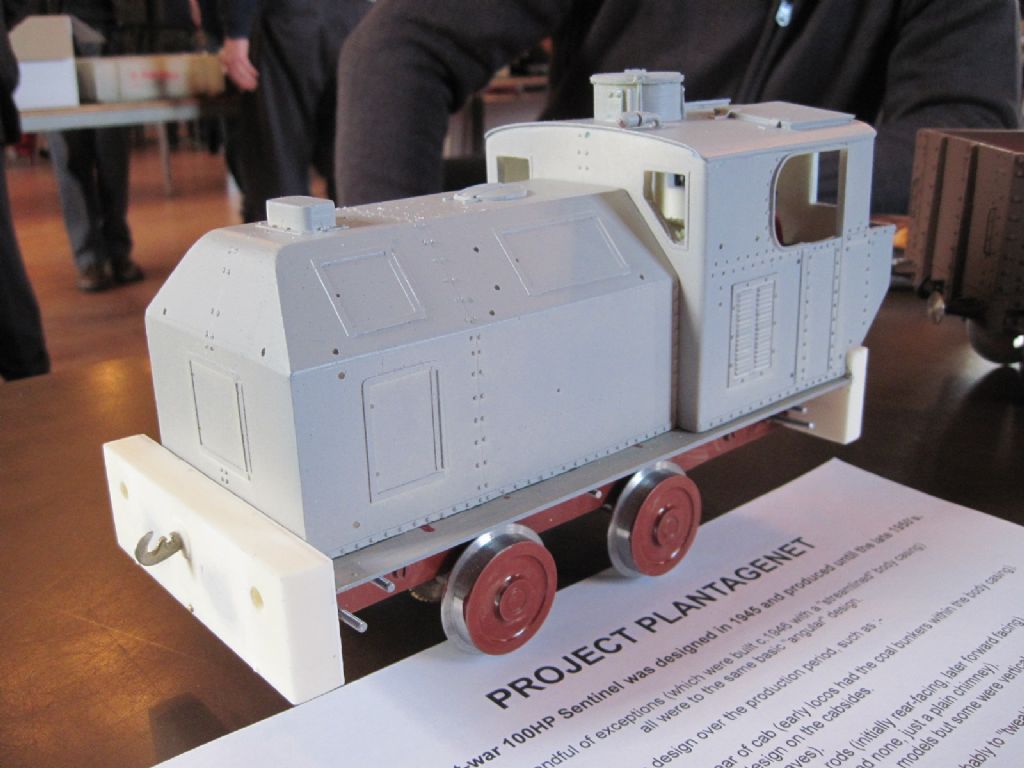Scale
Scale
- This topic has 7 replies, 5 voices, and was last updated 18 April 2015 at 10:23 by
IanT.
Viewing 8 posts - 1 through 8 (of 8 total)
Viewing 8 posts - 1 through 8 (of 8 total)
- Please log in to reply to this topic. Registering is free and easy using the links on the menu at the top of this page.
Latest Replies
Viewing 25 topics - 1 through 25 (of 25 total)
-
- Topic
- Voices
- Last Post
Viewing 25 topics - 1 through 25 (of 25 total)
Latest Issue
Newsletter Sign-up
Latest Replies
- Arc Euro Trade Ltd.
- Hopeless…Alibre Ass
- Polishing compounds for stainless steel (mild abrasives))
- Adding a quill lock to a drill press
- Myford S7 VFD problem
- Round Bar Bender
- Redwing Cylinder head
- Model Engine running just off a naked flame
- Diving in to ATC?
- Paint stripper does not do what it says on the tin






